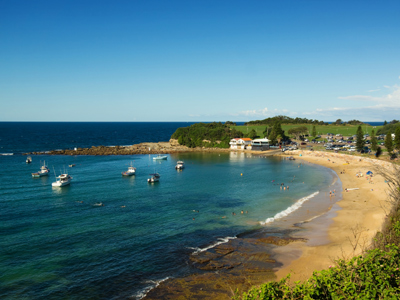
Coastal Scenery 01
Has your KS3 Geography teacher told you that the length of the UK coastline is about 7,700 miles? Some of the most breathtaking sunsets can be seen by the coast. The coastline of Britain is constantly changing, sometimes very rapidly as cliffs collapse into the sea, or more often slowly, as erosion takes place. Erosion is greatest on the east coast (and some places of the south coast as well) where the rocks are young and soft.
A headland is an area of more resistant rocks that sticks out further into the sea than the surroundings. But the sea can eventually erode even the toughest rocks. In some areas of Britain, the waves cut through headlands to form arches. When the roof of an arch collapses, it leaves behind a pillar of rock known as a stack. The eroded rocks are broken down by the action of the waves to form pebbles and eventually sand. These are transported along the coast by the process of longshore drift.
Ready for more?
not all...
quizzers. Try to win a coveted spot on our Hall of Fame Page.







